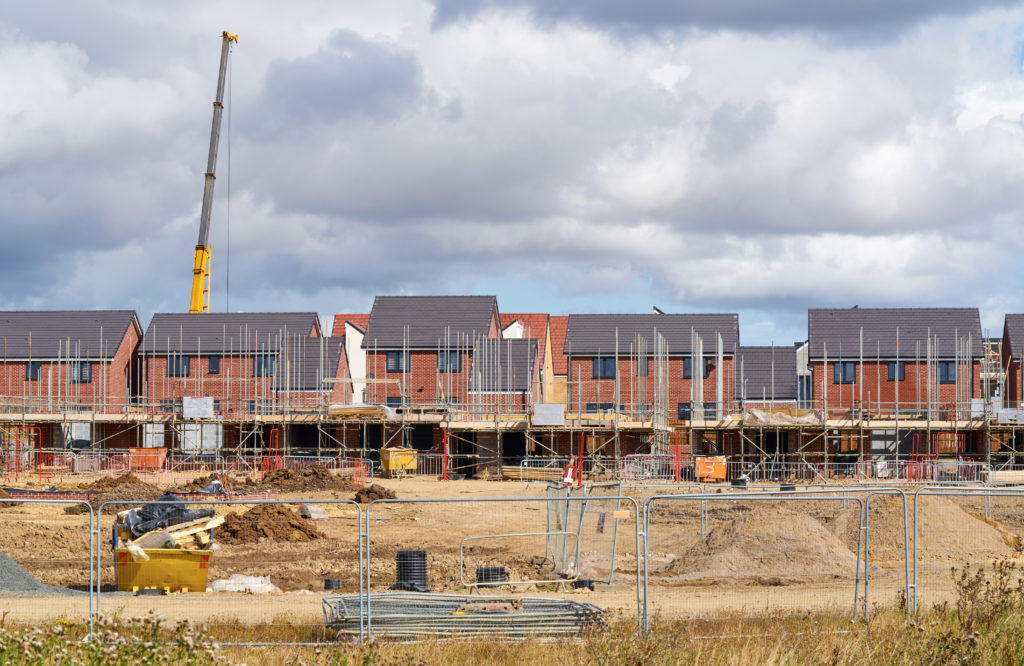
Recent regulations put pressure on local authorities to maintain and review their Brownfield Land Registers which is good news for potential residential developments.
Pushed by recent Regulations, local authorities in England had until the 31 December to publish their Brownfield Land Registers. In many cases the starting line-up of sites has been drawn from existing strategic housing land availability assessments and so include sites that one would imagine would have come forward for development in any case.
However, pressure will now be on local authorities to ‘maintain’ the register through periodic review and re-publication, both because that is a requirement of the Regulations and because the development and wider community will expect them to. Now is an ideal time to consider whether you have a site that might be able to qualify for permission in principle for residential development.
How does the Brownfield Register work?
The Brownfield Register is in two parts. Achieving entry into Part 1 will involve satisfying certain criteria as to the suitability and availability of the site for residential development; the question of “suitability” may prove more difficult to answer in some local authority areas than in others. In terms of size, the proposed site must be at least 0.25ha or capable of supporting at least 5 dwellings and it must, of course, be previously developed land. Getting a site into Part 1 does not mean that permission in principle will automatically be given.
To get into Part 2 (and obtain permission in principle) the site must pass successfully through a process of consultation.
In effect, permission in principle is little different from an outline planning consent. It is time limited and there is a need to obtain technical approval before development can be commenced. What details are required at this stage will, as for a standard application, depend very much on the site, its surroundings and the proposed development.
Brownfield land has exclusions
The definition of brownfield land (from the NPPF) may exclude a number of potential sites:
“Land which is or was occupied by a permanent structure, including the curtilage of the developed land (although it should not be assumed that the whole of the curtilage should be developed) and any associated fixed surface infrastructure. This excludes: land that is or has been occupied by agricultural or forestry buildings; land that has been developed for minerals extraction or waste disposal by landfill purposes where provision for restoration has been made through development control procedures; land in built-up areas such as private residential gardens, parks, recreation grounds and allotments; and land that was previously-developed but where the remains of the permanent structure or fixed surface structure have blended into the landscape in the process of time.”
Similarly, sites that require EIA or where development would be prohibited under habitats protection legislation will also be excluded.
Until ‘new’ sites start coming forward for entry on the register and the reality of technical approval is experienced, it is difficult to predict the effect that this might have on rates of housing delivery. What is clear, though, is that the register will count towards the five year housing land supply and so getting sites off the page and under construction will be vital.
If you have a site that you think might be able to obtain permission in principle and would like to talk to a member of our real estate team please email planning@stephens-scown.co.uk or call 01392 210700
